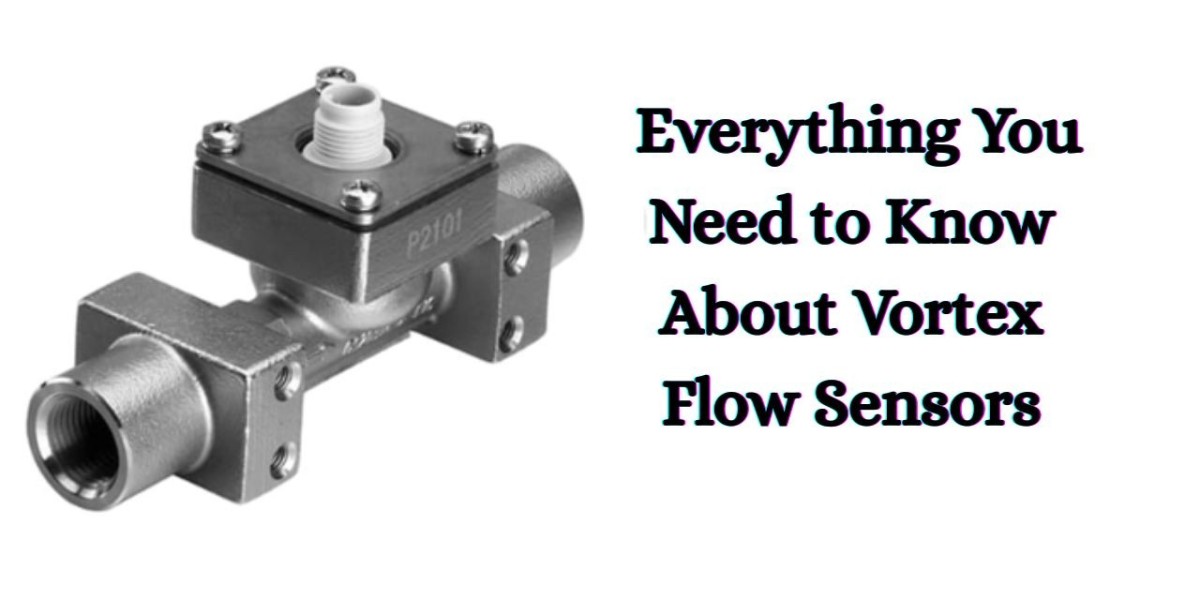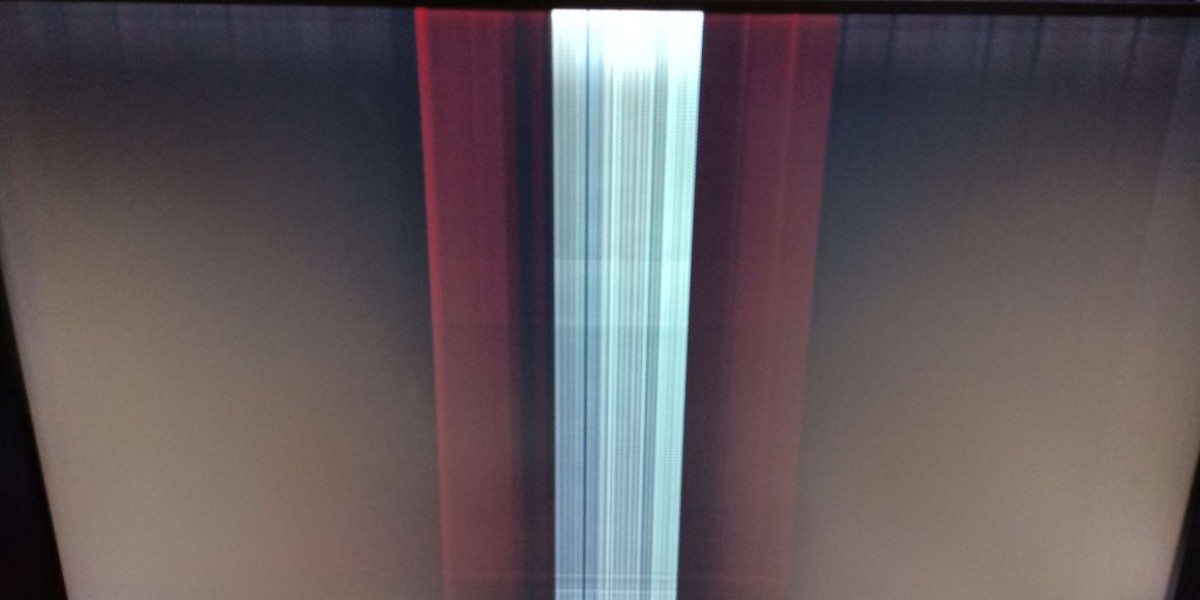Flow measurement plays a important role in modern industries, ensuring smooth operation and compliance with safety standards across various applications, including chemical processing and water treatment. Accurate flow increases monitoring efficiency, reduces waste, and expensive system prevents failures. Among the different techniques available, the vortex sensor stands as a reliable and durable solution. It works by detecting vortices shed by a fluid as it passes an obstruction, providing precise readings across various applications. In this guide, you'll learn how it work, their advantages over other flow meters, and why they're becoming essential tools for maintaining industrial performance and safety.
What Is a Vortex Sensor?
It is a type of flow sensor that measures the flow rate of fluids by detecting vortices shed by an obstruction placed in the flow path. Based on the vortex shedding principle, when a fluid flows past a bluff body, it creates alternating vortices downstream. The frequency of these vortices is directly proportional to the velocity of the fluid. Vortex sensors are known for their accuracy and durability, especially in measuring gases, liquids, and steam. Unlike thermal or ultrasonic flow sensors, vortex sensors are less affected by temperature or fluid properties, making them ideal for a wide range of industrial applications.
How Do Vortex Flow Sensors Work?
Vortex flow sensors measure fluid flow by placing a bluff body in the stream, which disrupts the flow and creates alternating vortices—similar to how a flag flutters in the wind. These vortices form a trail behind the bluff body, and their frequency is directly proportional to the flow rate. A piezoelectric or ultrasonic sensor detects the pressure oscillations caused by these vortices. The sensor then converts this frequency into an electrical signal to determine the velocity of the fluid. Key components include the bluff body, a vortex detection system, and signal processing electronics, making sensors reliable for various industrial applications.
Key Applications of Vortex Sensors
They are widely used for accurate flow measurement of both liquids and gases across various industries. In the oil and gas sector, they monitor flow rates for process control and safety. Water treatment facilities use them to measure clean and wastewater flow. In HVAC systems, It help regulate the efficient flow of air and coolant. The food and beverage industry relies on them for hygienic and precise fluid handling, while chemical processing plants benefit from their resistance to corrosive substances. Their versatility and reliability make vortex sensors ideal for real-world applications demanding accurate, maintenance-friendly flow monitoring in challenging environments.
Advantages of Using Vortex Sensors
It Offer several advantages, making them ideal for a wide range of industrial applications. They provide high accuracy and repeatability, ensuring consistent flow measurements over time. These sensors perform reliably even in extreme conditions, including high temperatures and pressures. Since vortex sensors have no moving parts, they require minimal maintenance and are less prone to wear and tear.
Additionally, they are compatible with various media types, such as liquids, steam, and gases, offering versatility across different systems. Their durable design and dependable performance make vortex sensors a cost-effective and efficient solution for long-term flow monitoring and process control.
How to Choose the Right Vortex Sensor
When selecting the correct vortex sensor, consider the size and material of the pipe to ensure proper sensor compatibility and ensure a successful installation. To ensure compatibility with the sensor's capabilities, evaluate the gas, steam, or liquid-like flow range and media types. Check the operating temperature and pressure boundaries to avoid damage and maintain accuracy. Select the appropriate output type (analogue, digital, or pulse) based on your system's requirements. Finally, verify that the sensor meets relevant certificates and industry standards, such as ISO or ATX, to ensure safety and compliance. Selecting a vortex sensor based on these factors ensures reliable performance and long-term efficiency in your application.
Maintenance and Troubleshooting Tips
Routine Inspection: Regularly check for dirt, debris, or moisture buildup that may affect accuracy. Inspect wiring and connections for wear.
Common Issues: Signal noise may indicate electrical interference or loose connections. Clogging from particulate buildup can disrupt flow readings—clean the sensor as needed.
Calibration: Periodically calibrate the sensor using the manufacturer's recommended procedures. Use known flow rates to ensure accuracy.
Replacement/Upgrade: Replace the sensor if it shows erratic readings despite troubleshooting or if it's outdated and lacks the required precision.
Pro Tip: Follow a maintenance schedule and log all inspections to prolong sensor life and ensure reliability.
Latest Innovations in Vortex Sensor Technology
Recent advancements in vortex sensor technology have greatly improved their performance and adaptability. Modern smart vortex sensors now come equipped with digital outputs and IoT capabilities, enabling real-time monitoring and effortless data exchange within connected systems. Enhanced self-diagnostic features support predictive maintenance, minimizing downtime and boosting reliability. Furthermore, the emergence of wireless, battery-operated versions allows for easy installation in remote or difficult-to-access locations, removing the need for intricate wiring setups. These advanced sensors are perfectly suited for industries that require precise flow measurement with low maintenance demands. Consequently, vortex sensors are transforming into intelligent solutions that promote efficient, data-driven processes across diverse industrial settings.
Conclusion
In conclusion, It offer a versatile and reliable solution for measuring flow across a wide range of fluids and applications. Their durability, accuracy, and minimal maintenance requirements make them ideal for various industries, including HVAC and chemical processing. When selecting a vortex flow sensor, consider factors like fluid type, temperature, and flow rate to ensure optimal performance. Proper installation and calibration are key to long-term efficiency. For optimal results, consult with experienced suppliers or industry experts who can guide you in selecting the most suitable sensor for your system's specific requirements. Their insights can help maximize both accuracy and efficiency.







